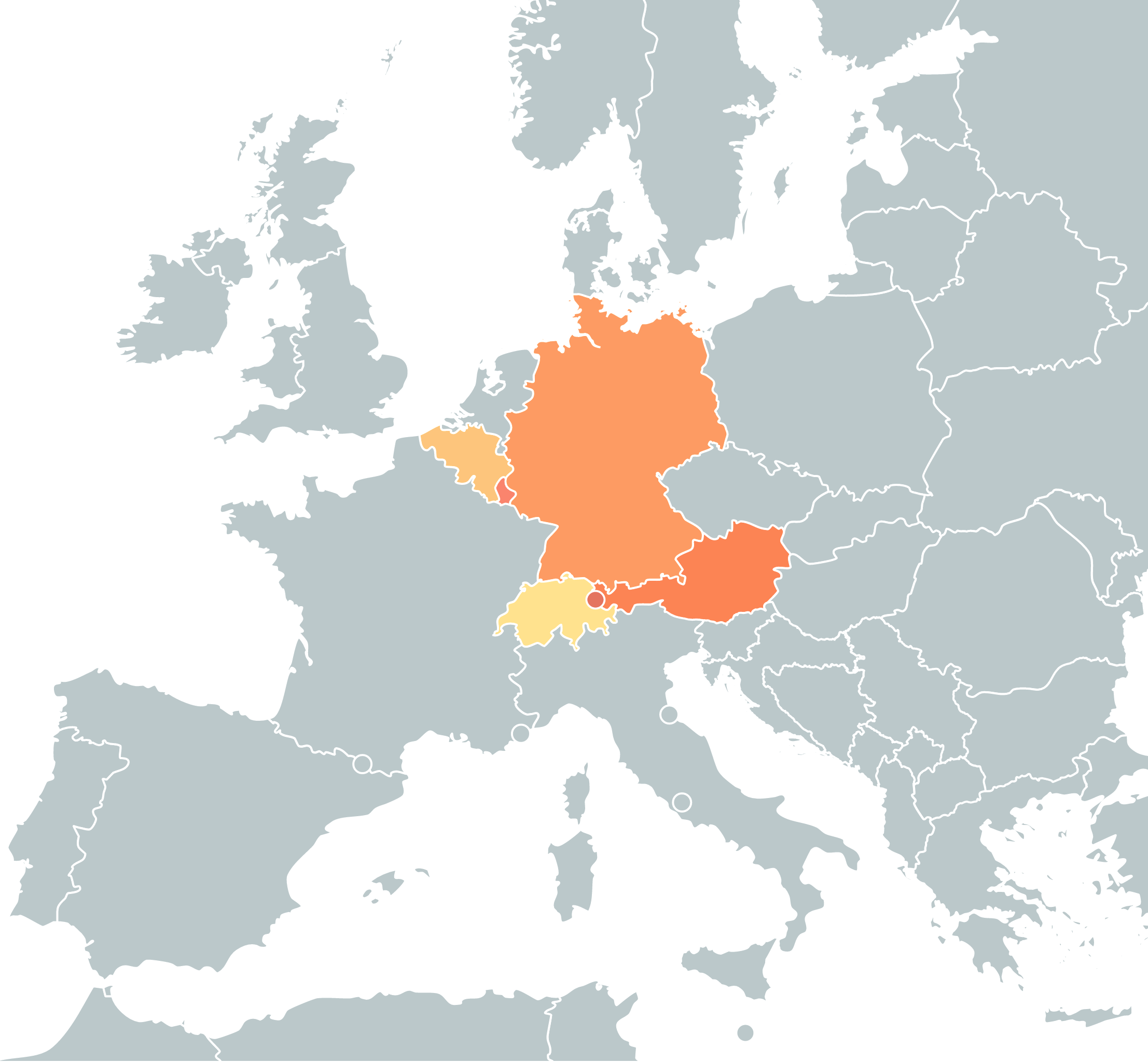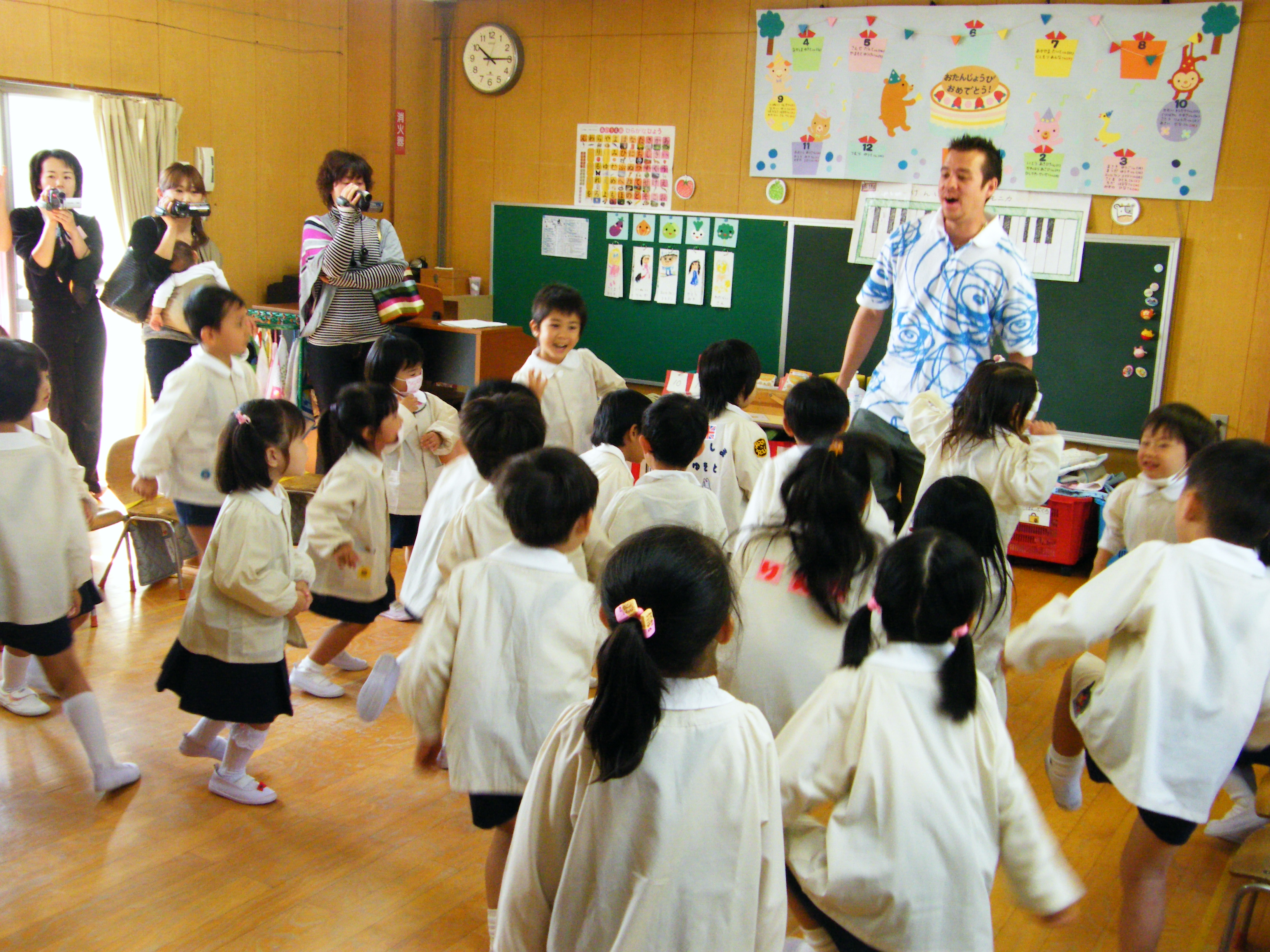|
University Of Lübeck
The University of Lübeck is a research university in Lübeck, Northern Germany which focuses almost entirely on medicine and sciences with applications in medicine. In 2006, 2009 and 2016, the University of Lübeck was ranked No. 1 in medicine among all universities in Germany, Austria and Switzerland according to the CHE Hochschulranking. In Computer Science and Molecular Life Science, the university was ranked No. 2 in the 2009 evaluation. General The university has a Faculty of Medicine and a Faculty of Technology and Natural Sciences. It offers professional degrees and doctoral degrees (in particular, but not only, Dr.med.) in medicine and Bachelor, Master and doctoral degrees in science and engineering disciplines with applications to medicine. Additionally, since 2013 the university extended its portfolio by establishing a department of psychology and has been offering Bachelor and master's degrees in psychology since then. Further, in winter semester 2007/2008, the PhD prog ... [...More Info...] [...Related Items...] OR: [Wikipedia] [Google] [Baidu] |
German Language
German ( ) is a West Germanic language mainly spoken in Central Europe. It is the most widely spoken and official or co-official language in Germany, Austria, Switzerland, Liechtenstein, and the Italian province of South Tyrol. It is also a co-official language of Luxembourg and Belgium, as well as a national language in Namibia. Outside Germany, it is also spoken by German communities in France ( Bas-Rhin), Czech Republic (North Bohemia), Poland ( Upper Silesia), Slovakia (Bratislava Region), and Hungary ( Sopron). German is most similar to other languages within the West Germanic language branch, including Afrikaans, Dutch, English, the Frisian languages, Low German, Luxembourgish, Scots, and Yiddish. It also contains close similarities in vocabulary to some languages in the North Germanic group, such as Danish, Norwegian, and Swedish. German is the second most widely spoken Germanic language after English, which is also a West Germanic language. German ... [...More Info...] [...Related Items...] OR: [Wikipedia] [Google] [Baidu] |
Public University
A public university or public college is a university or college that is in state ownership, owned by the state or receives significant government spending, public funds through a national or subnational government, as opposed to a private university. Whether a national university is considered public varies from one country (or region) to another, largely depending on the specific education landscape. Africa Egypt In Egypt, Al-Azhar University was founded in 970 AD as a madrasa; it formally became a public university in 1961 and is one of the oldest institutions of higher education in the world. In the 20th century, Egypt opened many other public universities with government-subsidized tuition fees, including Cairo University in 1908, Alexandria University in 1912, Assiut University in 1928, Ain Shams University in 1957, Helwan University in 1959, Beni-Suef University in 1963, Zagazig University in 1974, Benha University in 1976, and Suez Canal University in 1989. Kenya ... [...More Info...] [...Related Items...] OR: [Wikipedia] [Google] [Baidu] |
Lübeck
Lübeck (; Low German also ), officially the Hanseatic City of Lübeck (german: Hansestadt Lübeck), is a city in Northern Germany. With around 217,000 inhabitants, Lübeck is the second-largest city on the German Baltic coast and in the state of Schleswig-Holstein, after its capital of Kiel, and is the 35th-largest city in Germany. The city lies in Holstein, northeast of Hamburg, on the mouth of the River Trave, which flows into the Bay of Lübeck in the borough of Travemünde, and on the Trave's tributary Wakenitz. The city is part of the Hamburg Metropolitan Region, and is the southwesternmost city on the Baltic, as well as the closest point of access to the Baltic from Hamburg. The port of Lübeck is the second-largest German Baltic port after the port of Rostock. The city lies in the Northern Low Saxon dialect area of Low German. Lübeck is famous for having been the cradle and the ''de facto'' capital of the Hanseatic League. Its city centre is Germany's most e ... [...More Info...] [...Related Items...] OR: [Wikipedia] [Google] [Baidu] |
Germany
Germany, officially the Federal Republic of Germany (FRG),, is a country in Central Europe. It is the most populous member state of the European Union. Germany lies between the Baltic and North Sea to the north and the Alps to the south. Its 16 constituent states have a total population of over 84 million in an area of . It borders Denmark to the north, Poland and Czechia to the east, Austria and Switzerland to the south, and France, Luxembourg, Belgium, and the Netherlands to the west. The nation's capital and most populous city is Berlin and its main financial centre is Frankfurt; the largest urban area is the Ruhr. Settlement in what is now Germany began in the Lower Paleolithic, with various tribes inhabiting it from the Neolithic onward, chiefly the Celts. Various Germanic tribes have inhabited the northern parts of modern Germany since classical antiquity. A region named Germania was documented before AD 100. In 962, the Kingdom of Germany formed the ... [...More Info...] [...Related Items...] OR: [Wikipedia] [Google] [Baidu] |
Green (color)
Green is the color between cyan and yellow on the visible spectrum. It is evoked by light which has a dominant wavelength of roughly 495570 nm. In subtractive color systems, used in painting and color printing, it is created by a combination of yellow and cyan; in the RGB color model, used on television and computer screens, it is one of the additive primary colors, along with red and blue, which are mixed in different combinations to create all other colors. By far the largest contributor to green in nature is chlorophyll, the chemical by which plants photosynthesize and convert sunlight into chemical energy. Many creatures have adapted to their green environments by taking on a green hue themselves as camouflage. Several minerals have a green color, including the emerald, which is colored green by its chromium content. During post-classical and early modern Europe, green was the color commonly associated with wealth, merchants, bankers, and the gentry, whil ... [...More Info...] [...Related Items...] OR: [Wikipedia] [Google] [Baidu] |
White
White is the lightness, lightest color and is achromatic (having no hue). It is the color of objects such as snow, chalk, and milk, and is the opposite of black. White objects fully diffuse reflection, reflect and scattering, scatter all the visible spectrum, visible wavelengths of light. White on television and computer screens is created by a mixture of red, blue, and green light. The color white can be given with white pigments, especially titanium dioxide. In ancient Egypt and ancient Rome, priestesses wore white as a symbol of purity, and Romans wore white togas as symbols of citizenship. In the Middle Ages and Renaissance a white unicorn symbolized chastity, and a white lamb sacrifice and purity. It was the royal color of the kings of France, and of the monarchist movement that opposed the Bolsheviks during the Russian Civil War (1917–1922). Greek and Roman temples were faced with white marble, and beginning in the 18th century, with the advent of neoclassical archite ... [...More Info...] [...Related Items...] OR: [Wikipedia] [Google] [Baidu] |
Schleswig-Holstein
Schleswig-Holstein (; da, Slesvig-Holsten; nds, Sleswig-Holsteen; frr, Slaswik-Holstiinj) is the northernmost of the 16 states of Germany, comprising most of the historical duchy of Holstein and the southern part of the former Duchy of Schleswig. Its capital city is Kiel; other notable cities are Lübeck and Flensburg. The region is called ''Slesvig-Holsten'' in Danish and pronounced . The Low German name is ''Sleswig-Holsteen'', and the North Frisian name is ''Slaswik-Holstiinj''. In more dated English, it is also known as ''Sleswick-Holsatia''. Historically, the name can also refer to a larger region, containing both present-day Schleswig-Holstein and the former South Jutland County (Northern Schleswig; now part of the Region of Southern Denmark) in Denmark. It covers an area of , making it the 5th smallest German federal state by area (including the city-states). Schleswig was under Danish control during the Viking Age, but in the 12th century it escaped full co ... [...More Info...] [...Related Items...] OR: [Wikipedia] [Google] [Baidu] |
Seal (emblem)
A seal is a device for making an impression in Sealing wax, wax, clay, paper, or some other medium, including an embossment on paper, and is also the impression thus made. The original purpose was to authenticate a document, or to prevent interference with a package or envelope by applying a seal which had to be broken to open the container (hence the modern English verb "to seal", which implies secure closing without an actual wax seal). The seal-making device is also referred to as the seal ''matrix'' or ''die''; the imprint it creates as the seal impression (or, more rarely, the ''sealing''). If the impression is made purely as a relief resulting from the greater pressure on the paper where the high parts of the matrix touch, the seal is known as a ''dry seal''; in other cases ink or another liquid or liquefied medium is used, in another color than the paper. In most traditional forms of dry seal the design on the seal matrix is in Intaglio (sculpture), intaglio (cut below th ... [...More Info...] [...Related Items...] OR: [Wikipedia] [Google] [Baidu] |
Graduate School Lübeck
Graduate may refer to: Education * The subject of a graduation, i.e. someone awarded an academic degree ** Alumnus, a former student who has either attended or graduated from an institution * High school graduate, someone who has completed high school (in the U.S.) Arts and entertainment * Graduate (band), the band that Roland Orzabal and Curt Smith were in before forming Tears for Fears * ''Graduate'' (film), a 2011 Telugu-language film * "Graduate" (song), by Third Eye Blind, 1997 Other uses * Graduate (dinghy), a type of sailing vessel See also * Graduation (other) * The Graduate (other) * Graduate diploma, a postgraduate qualification * Graduate school, a school that awards advanced degrees * Postgraduate education Postgraduate or graduate education refers to Academic degree, academic or professional degrees, certificates, diplomas, or other qualifications pursued by higher education, post-secondary students who have earned an Undergradua ... [...More Info...] [...Related Items...] OR: [Wikipedia] [Google] [Baidu] |
International School Of New Media
International School of New Media (short ISNM) in Lübeck, Germany was an international, affiliated private institute at the University of Lübeck. It was closed end of 2011. ISNM was established in 2001 by founding director Hubertus von Amelunxen Faculty of the European Graduate School for the purpose of providing a course that combines the technological, scientific, social, economical, and cultural aspects and implications of New Media. At the ISNM, students work and study with peers with diverse and |
Universities And Colleges In Schleswig-Holstein
A university () is an institution of higher (or tertiary) education and research which awards academic degrees in several academic disciplines. ''University'' is derived from the Latin phrase ''universitas magistrorum et scholarium'', which roughly means "community of teachers and scholars". Universities typically offer both undergraduate and postgraduate programs. The first universities in Europe were established by Catholic Church monks. The University of Bologna (), Italy, which was founded in 1088, is the first university in the sense of: *being a high degree-awarding institute. *using the word ''universitas'' (which was coined at its foundation). *having independence from the ecclesiastic schools and issuing secular as well as non-secular degrees (with teaching conducted by both clergy and non-clergy): grammar, rhetoric, logic, theology, canon law, notarial law.Hunt Janin: "The university in medieval life, 1179–1499", McFarland, 2008, , p. 55f.de Ridder-Symoens, Hilde' ... [...More Info...] [...Related Items...] OR: [Wikipedia] [Google] [Baidu] |
Educational Institutions Established In 1964
Education is a purposeful activity directed at achieving certain aims, such as transmitting knowledge or fostering skills and character traits. These aims may include the development of understanding, rationality, kindness, and honesty. Various researchers emphasize the role of critical thinking in order to distinguish education from indoctrination. Some theorists require that education results in an improvement of the student while others prefer a value-neutral definition of the term. In a slightly different sense, education may also refer, not to the process, but to the product of this process: the mental states and dispositions possessed by educated people. Education originated as the transmission of cultural heritage from one generation to the next. Today, educational goals increasingly encompass new ideas such as the liberation of learners, skills needed for modern society, empathy, and complex vocational skills. Types of education are commonly divided into forma ... [...More Info...] [...Related Items...] OR: [Wikipedia] [Google] [Baidu] |





.jpg)
